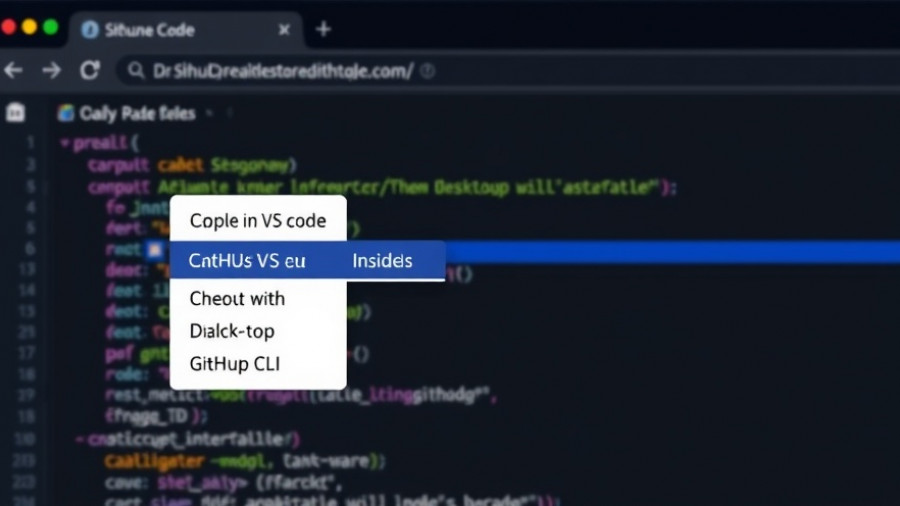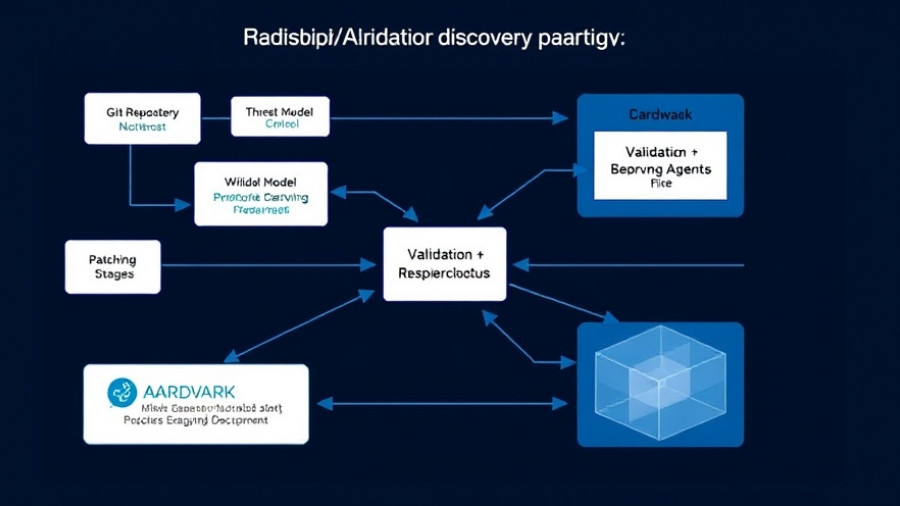
Circle's New Technology: Revolutionizing AI Commerce
Circle has taken a groundbreaking step in the integration of artificial intelligence with digital payments. By merging its Developer-Controlled Wallets with the innovative x402 protocol, the company empowers AI agents to autonomously conduct transactions using USD Coin (USDC). This advancement signifies a new era of machine-to-machine commerce, enabling systems to manage financial transactions without human oversight.
Understanding the x402 Protocol
The x402 protocol, inspired by the long-dormant HTTP 402 status code, redefines how online services request payments. Traditionally associated with payments, this code now facilitates requests for on-chain transactions. By allowing API services to trigger payments upfront, the x402 framework opens vast opportunities for developers to monetize their offerings.
Changes in Monetization Models
AI's evolution into commerce-ready technologies is highlighted by Circle's initiative. Instead of traditional subscriptions, developers and service providers can implement pay-per-use monetization strategies. This model allows smaller payments for individual API calls, accommodating a wide range of users. For instance, an AI may need specific data, such as a wallet risk report, and pay a minimal fee using USDC in real-time. Such efficiency makes microtransaction models feasible and attractive.
Enhanced Security with Developer-Controlled Wallets
Another significant aspect of this integration is the enhanced security provided by Circle’s Developer-Controlled Wallets, which employ multi-party computation (MPC) to manage private keys securely. This design enables AI agents to conduct transactions without exposing sensitive information, thereby maintaining user and service provider trust. The technology ensures that the payment process is not only autonomous but also secure.
A Step Towards Autonomous AI Agents
To illustrate the capabilities of this new model, Circle showcased a sample application developed using the Langchain framework and OpenAI's GPT-4o mini model. During the demonstration, an AI agent created a wallet, funded it, and successfully completed an API transaction for a risk profile report, showcasing the fluid nature of this new transactional framework.
Implications for Future AI Developments
This integration has profound implications for the future of AI technologies. As systems evolve to encompass deep reasoning capabilities and agentic AI features, functionalities will extend beyond mere processing of information. AI agents could soon handle financial interactions more seamlessly, thereby improving operational efficiency across various sectors.
The Potential for Broader Adoption of USDC
The advancements from Circle contribute to the broader acceptance and utilization of USDC in the digital economy. As more APIs adopt these payment protocols, we may witness an uptick in the use of USD Coin across digital platforms, fostering a dynamic marketplace.
In summary, the integration of Circle’s technology with AI capabilities not only highlights a significant feat in fintech innovation but also sets the stage for future developments in the world of autonomous commerce. By embracing these changes, developers and organizations can unlock new pathways for monetizing their digital offerings.
As we continue to witness convergence in technology sectors, keeping an eye on innovations like these will be essential for understanding and adapting to the evolving digital landscape.
 Add Row
Add Row  Add
Add 




Write A Comment